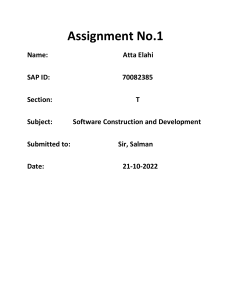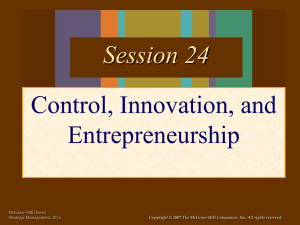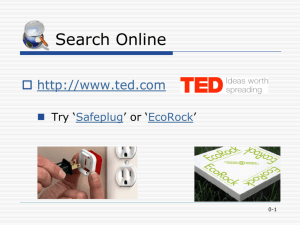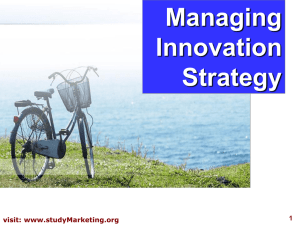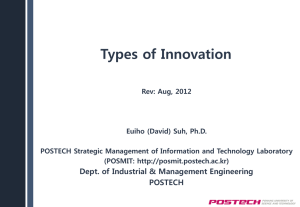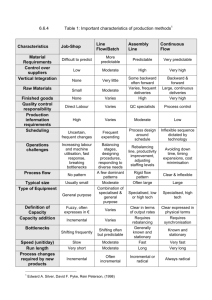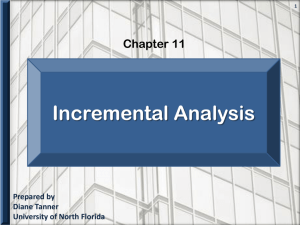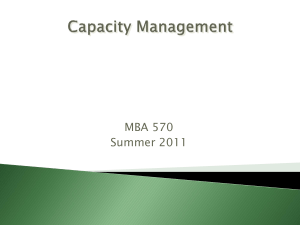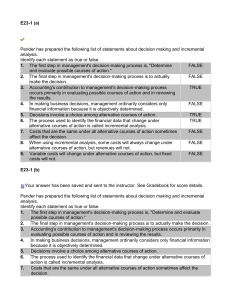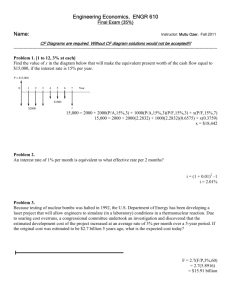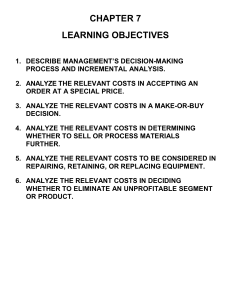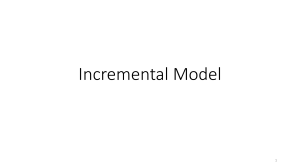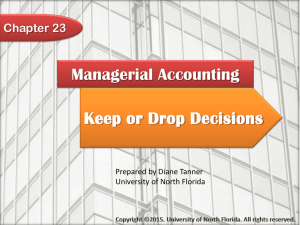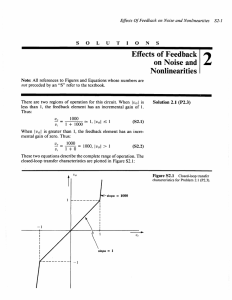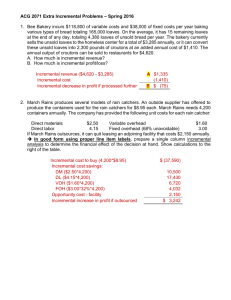PowerPoint
advertisement
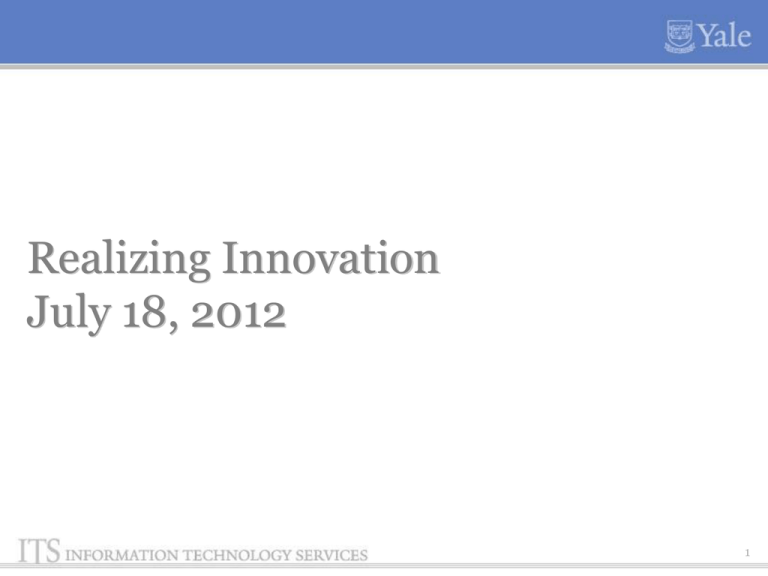
Realizing Innovation July 18, 2012 1 Agenda: • • • • A Common vocabulary about innovation Network Building Capturing Ideas Next Steps 2 What is Innovation? • • • • • • Apple iPod? Introducing iPad to classroom? AP Purchase Order Processing Improvement? Automated UA testing? Voice Recognition Software? Online College Courses? 3 For our discussions…. • Innovation - the creation, use, and dissemination of better processes, products, services, or technologies. • 'Better' can refer to doing something more effectively or doing something differently. 4 Who Participates in Innovation • We all have something to contribute to innovation. • Involvement in the strategy and ongoing operations of the organization is extremely important for all. Who Participates in Innovation (continued) • In order to contribute, we need to know the strategic focus, know how the strategic focus applies to us, and know that our efforts are contributing to the successful attainment of the strategic vision. Incremental or Radical Innovation • Incremental Innovation – ‘do the same thing, but do it better’ – small changes, huge collective impact • Radical Innovation – ‘do something differently’ – breakthrough or disruptive 7 What is Innovation? - revisited • Apple iPod? Incremental, iPlatform – Radical • Introducing iPad to classroom? Incremental • AP Purchase Order Processing Improvement Incremental • Automated UA testing? Incremental • Voice Recognition Software? Radical • Online College Courses? Incremental or Radical 8 Network Building • Network – a complex, interconnected group • Create Networks for efficiency, learning, and intersection of knowledge sets • Improves quality and quantity of ideas • Reach outside of your group 9 Capturing Ideas • Search – what is the idea space? • Idea Generation – how do we come up with ideas? • Idea Capture – document the idea. • Incubation – discuss and debate to further the idea. 10 What stifles innovation Environmental factors that stifle innovation • • • • • • • • Dominance of restrictive vertical relationships Poor lateral communications Limited tools and resources Top-down dictates Formal, restricted vehicles for change Unfocused innovative activity Non-supporting accounting practices Reinforced culture of inferiority Kanter, R. ed. ( 1997) Innovation: Breakthrough thinking at 3M, DuPont, GE, Pfizer, and Rubbermaid, Harper Business, New York 11 Discussion – Next Steps • Where are we now? Do we appreciate incremental and breakthrough ideas? • How can we form networks and encourage self organizing groups? • What are our challenges? • What are our un-tapped strengths? 12 Thank you 13
